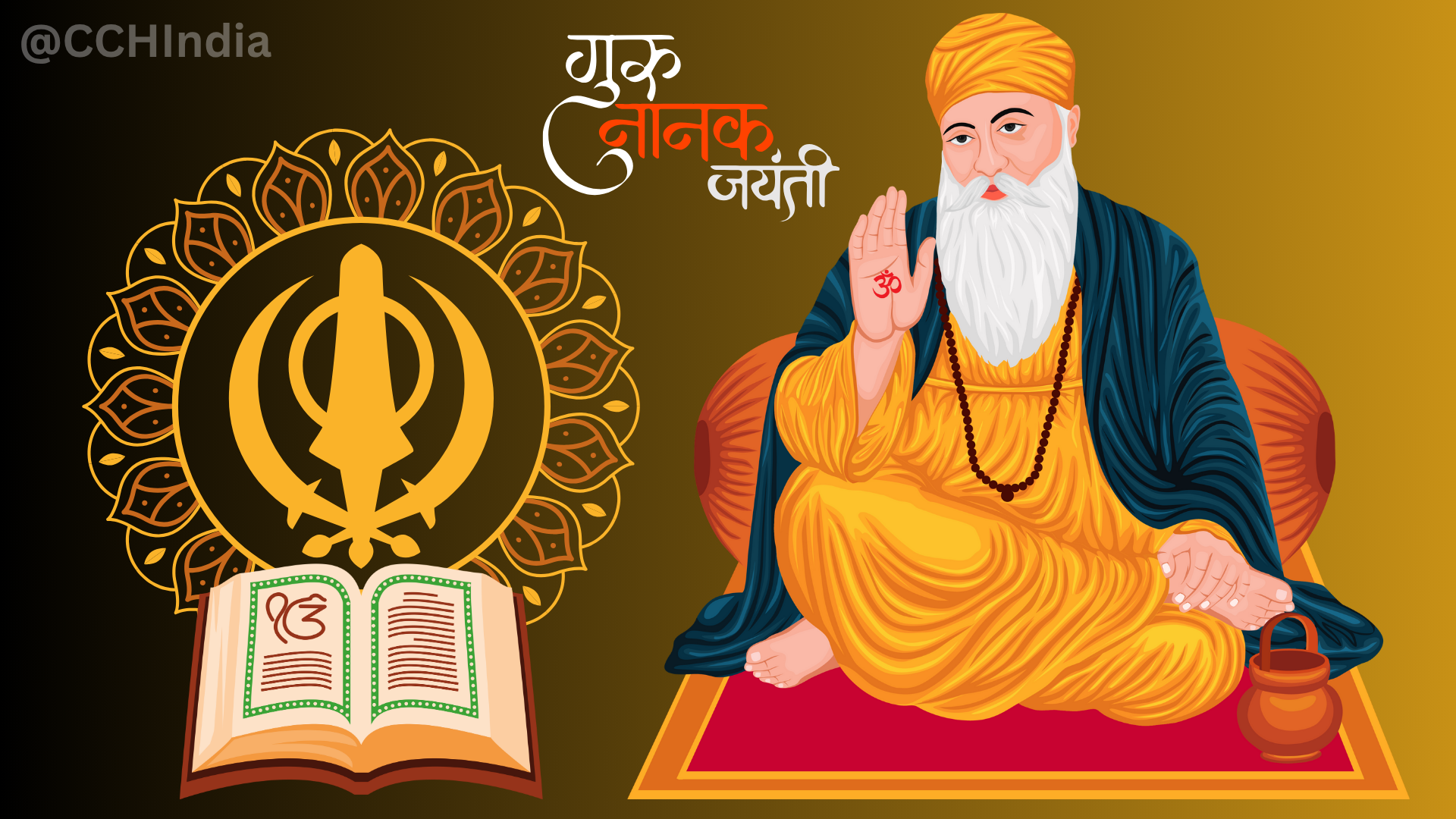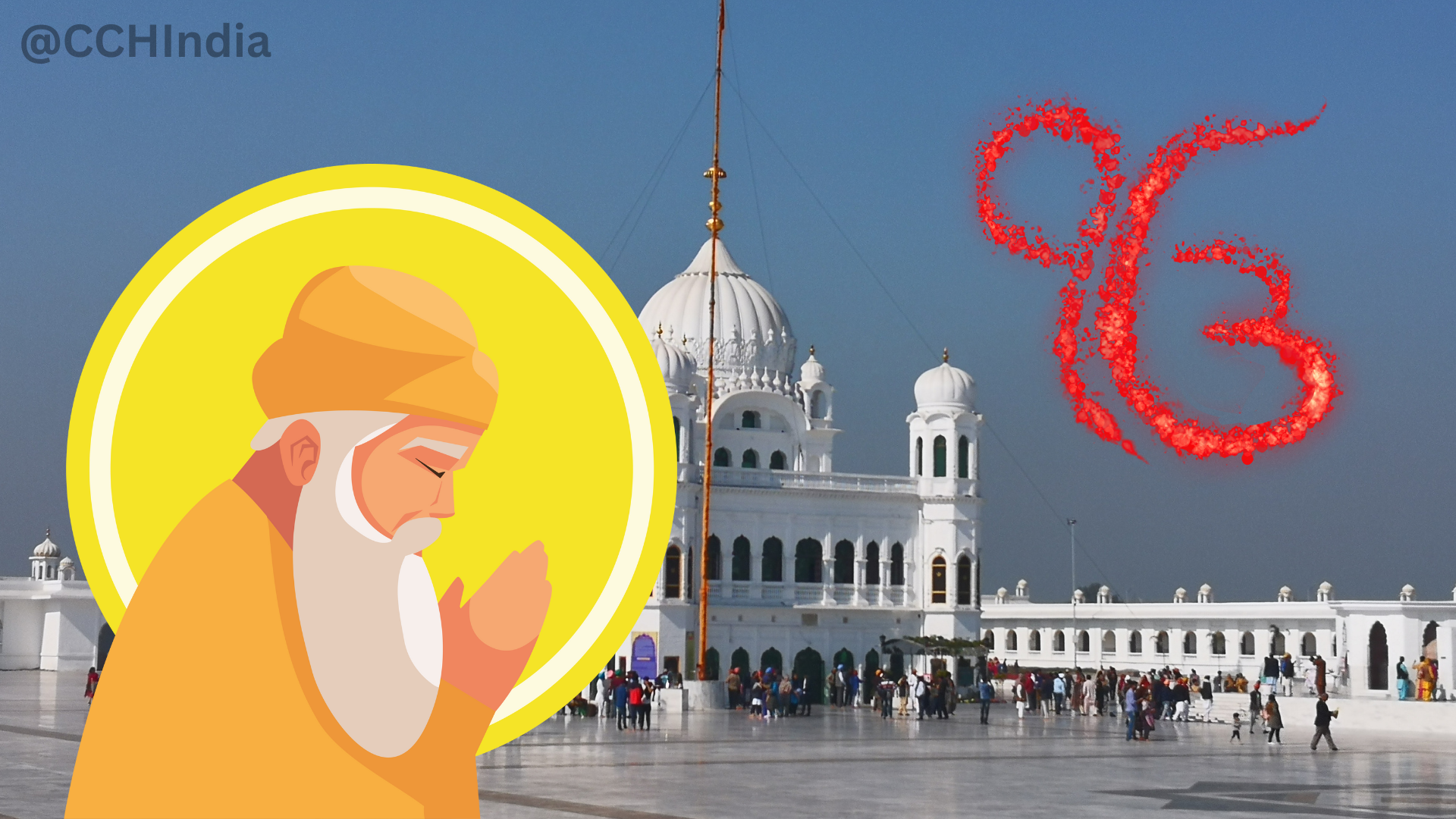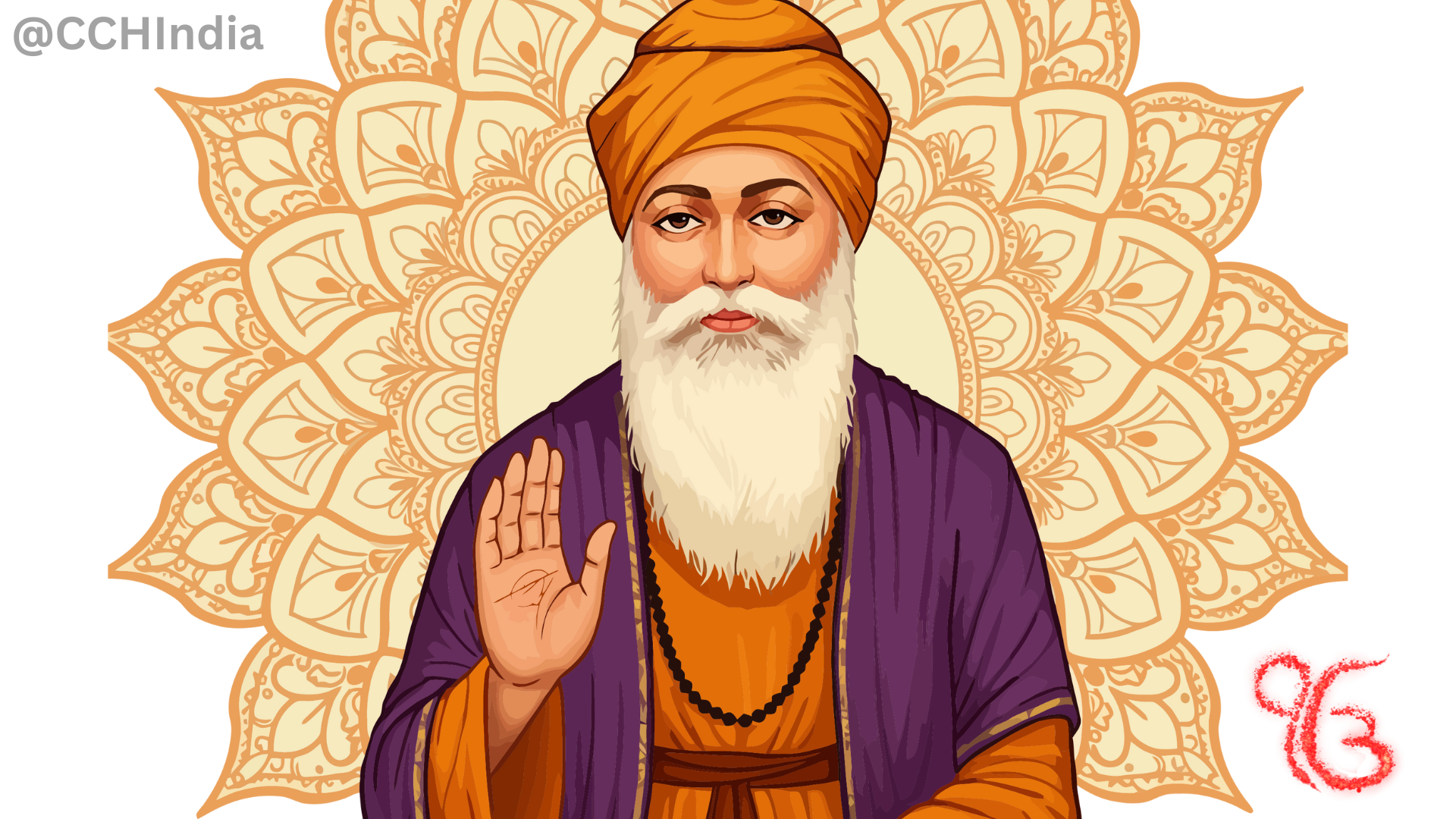Guru Nanak Jayanti Wishes, Quotes, and Messages to Share
Celebrate Guru Nanak Jayanti 2025 with inspiring wishes, quotes, and messages that reflect the divine teachings of Guru Nanak Dev Ji.

The Jagannath Rath Yatra 2025 will happen on Friday, 27th June. This yatra happens annually in Puri, Orissa is a grand religious and spiritual event. It is a magnificent procession along with symbolic rituals that happens over several days prior and after the yatra.
This article will explain the complete Jagannath Puri Rath Yatra historical story. When, why and how it is celebrated. Let’s look at the various days and rituals involved around the grand chariot procession.
Table of contents [Show]
Preparations for the Jagannath Puri Rath Yatra are extensive and start weeks in advance.The pre yatra preparations mostly include cleansing of the deities and the temples.
Gundicha Marjana: The deities travel to Gundicha temple during their Rath Yatra. This temple is considered their maternal aunt’s (maussi) house. Prior to their arrival, Gundicha Marajana is a ritual of thorough cleaning and preparations to welcome the Lord.
The main festival or the Rath Yatra commences on the second day of Ashadh Shukla as per Hindu calendar which typically falls in June or July. While the Hindu calendar is normally difficult for people to predict or understand, the astrologers normally give out the dates well in advance.
The Chhera Panhara ritual is a strong message of equality amongst people. The Image of a king, performing the humble act of sweeping the chariots sends a visual message that all are equal before the divine. This reinforces the festival’s core message that Lord Jagannath is accessible to everyone, irrespective of their social status, caste or creed.
The divine siblings, Lord Jagannath, Goddess Subhadra and Lord Balabhadra reside at the Gundicha Temple for seven to nine days. During this duration, devotees are allowed to visit the temple and offer their prayers. This ritual of visiting maternal aunt’s house also coincides with the summer holidays from school in present times during which kids visit their mother’s home during school break.
After their stay at the Gundicha Temple, Lord Jagannath with his two siblings embark on their return journey to their original abode. This procession is called ‘The Bahuda Yatra’ or the ‘Return car festival’. This return journey happens with the same enthusiasm and celebrations as the initial yatra. During their return, the chariots also stop at the ‘Maussi Maa’ temple, where ‘Poda Pitha’, a traditional pancake is offered to the divine siblings.
Niladri Bijay marks the final activity of the Shree Jagannath Puri Yatra, which happens on the thirteenth day of the Ashadha fortnight. In a grand ceremonial procession, the deities return to their sacred throne, the ‘Ratna Bedi’. This marks the conclusion of the festive visit. A unique ritual happens during this time when Lord Jagannath offers a Sweet (Rasgulla ) to Goddess Lakshmi to gain re-entry into the temple, symbolizing their reconciliation.
Apart from the main Jaganath Rath Yatra, several other significant festivals are observed at the Jagannath Temple in Puri throughout the year:

Celebrate Guru Nanak Jayanti 2025 with inspiring wishes, quotes, and messages that reflect the divine teachings of Guru Nanak Dev Ji.

Discover Guru Nanak Dev Ji’s divine journey from Nankana Sahib to Kartarpur, spreading the message of peace, equality, and universal brotherhood.

Discover 10 timeless quotes by Guru Nanak Dev Ji that inspire peace, compassion, and oneness. Explore his divine words that continue to guide humanity toward truth and harmony.

Discover Guru Nanak Dev Ji’s timeless message of Oneness, Equality, and Universal Love. Learn how his teachings of compassion, selfless service, and truth can guide humanity toward peace and unity.

